December 24-30, 2023
A Celebration of 2023!

In celebration of our first year with the Methow Nature Notes newsletter.
Noticing and recording the changing seasons is an essential part of being human, and people have been doing it since the dawn of time. The study of changes in the natural world is called phenology, and you may not realize this, but it's a critically important undertaking.
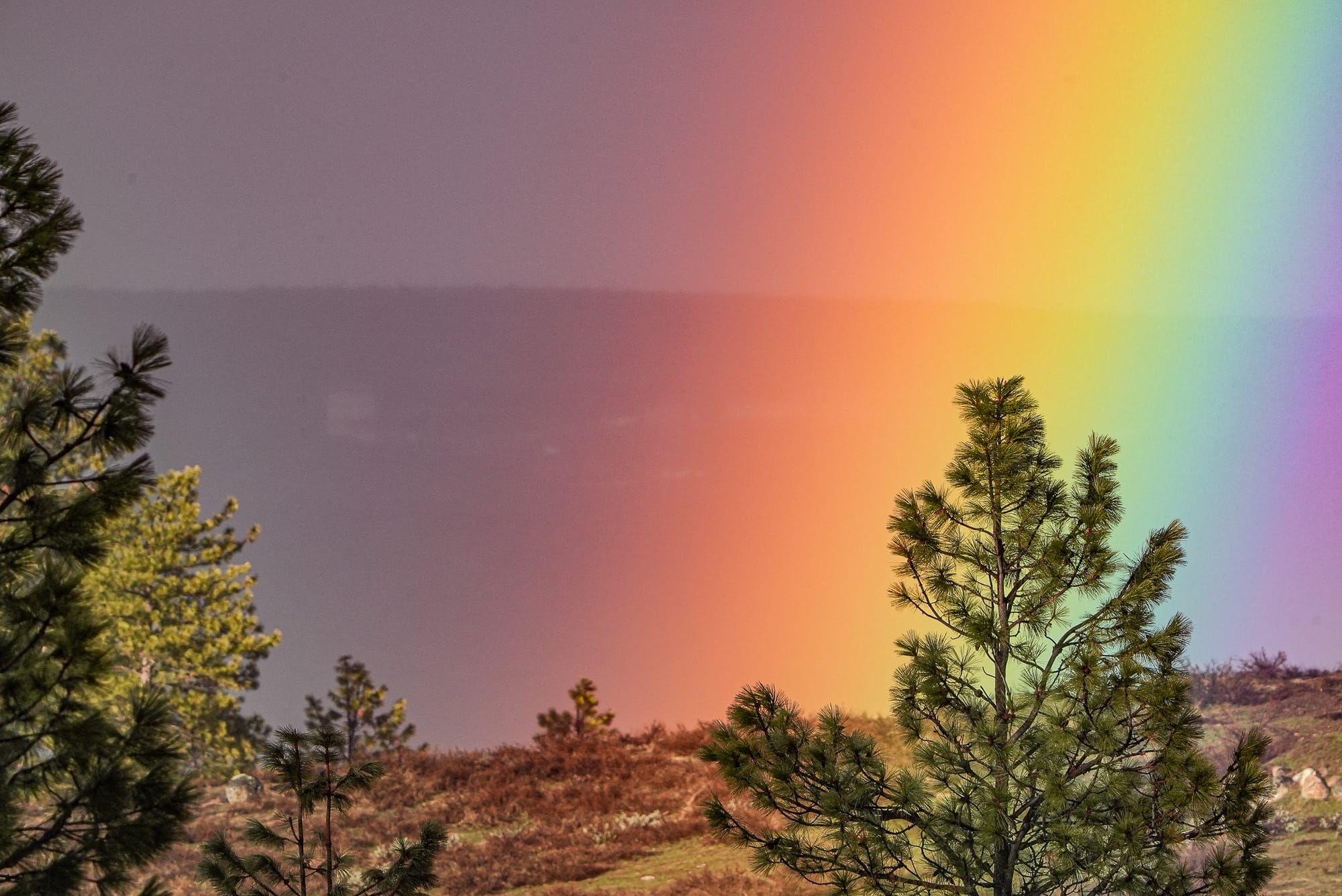
Not only is documenting the changing seasons our most fundamental way of understanding our place in the world, it's also a type of information that scientists don't have the funding or time to collect.
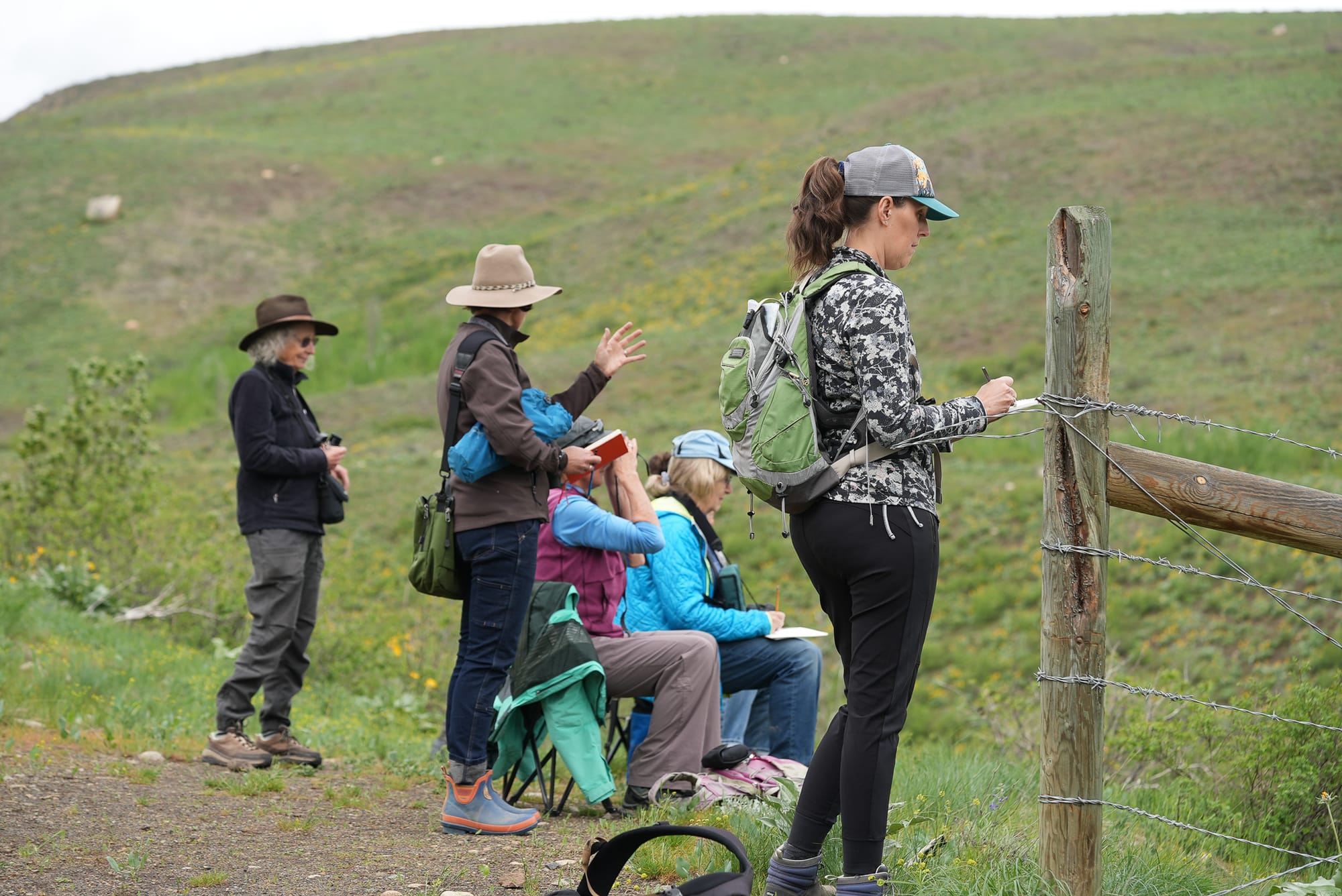
Many of our most valuable insights into climate change, for example, have come from decades-long records collected by amateur citizen scientists. Even someone who sits and records arrival dates of birds at their backyard bird feeder, or who writes down dates when flowers begin blooming on their walks, is making a significant contribution.
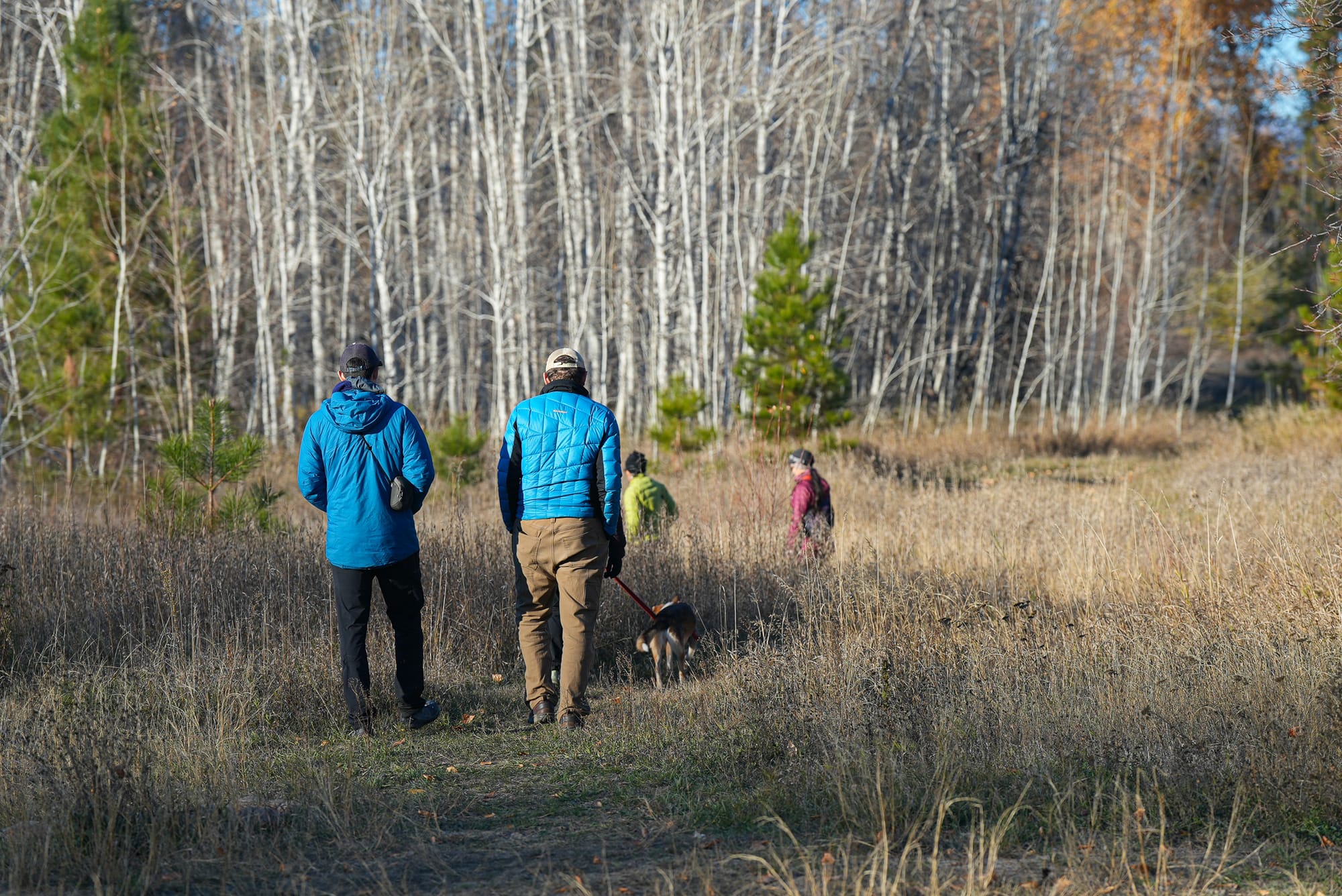
Looking back over a year of Nature Notes newsletter, I'm seeing how valuable this record is. I don't remember which week summer started to get hot, or when peak bird migration happened in the spring, but now it's all written down forever for everyone to share!

If you haven't done so yet, it's a fascinating experience to read through all of this year's newsletters and see what we discovered over the changing seasons.
Here's a very brief rundown of our year:
The newsletter started the first week of April, even as melting snow began to reveal fresh soil and swallows started arriving in the valley. The weather was moody and unsettled but the hills had already begun greening up.
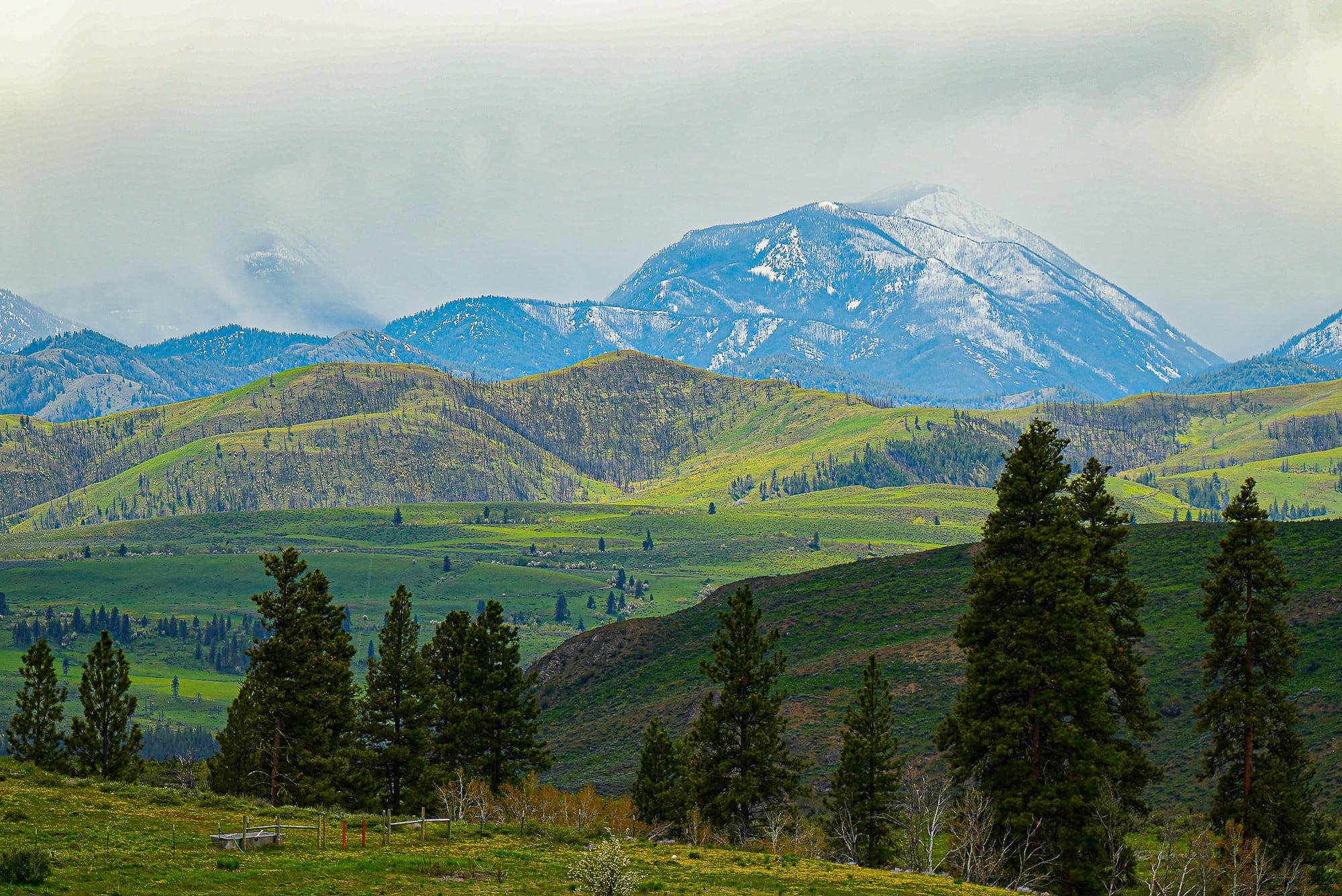
By mid-April many migrating birds were arriving, even as amphibians and reptiles started emerging from hibernation. Towards the end of the month, birds were everywhere, and patches of flowers dotted the landscape.
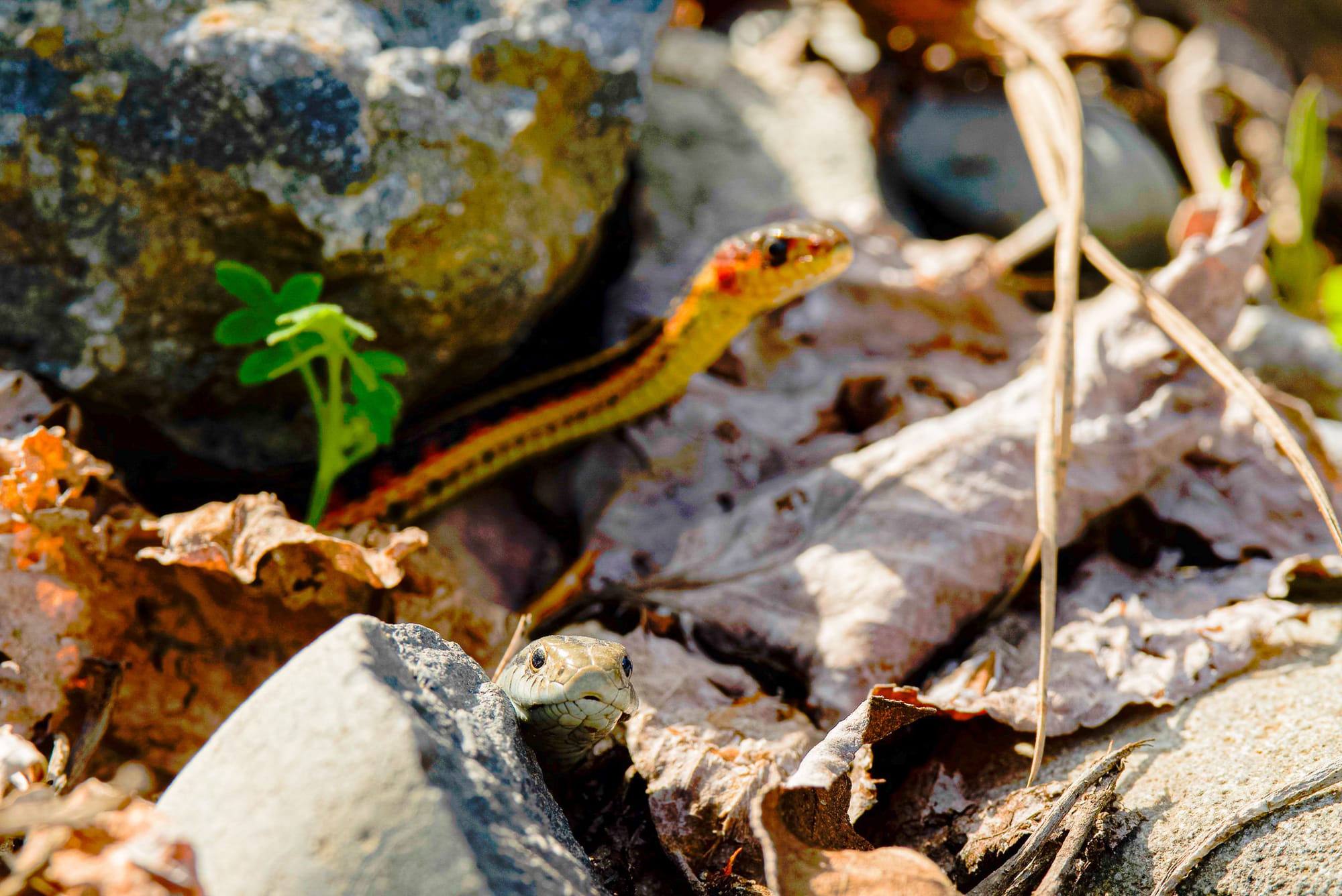
May started off with some unusually hot days and a flush of spring runoff that brought the rivers nearly to flood stage. Flowers reach their peak blooming and birds were busy nesting by mid-May.
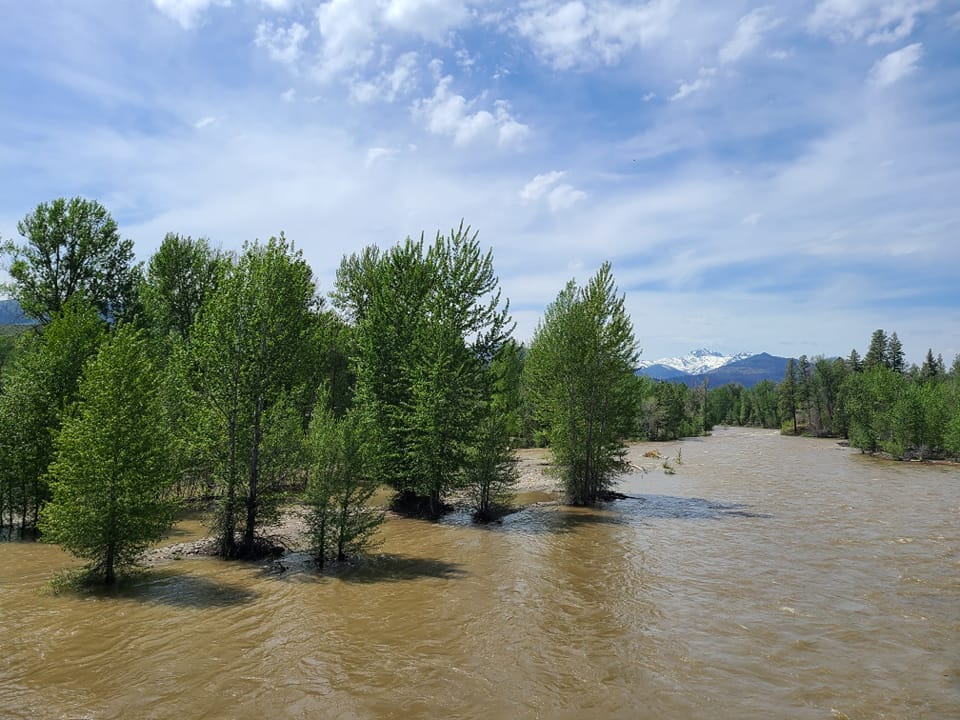
Surprisingly, by late May you could already feel the valley drying out and the intense green of spring starting to fade, but it was still a vibrant time with flamboyant bitterroot flowers, insects, and baby ducks.
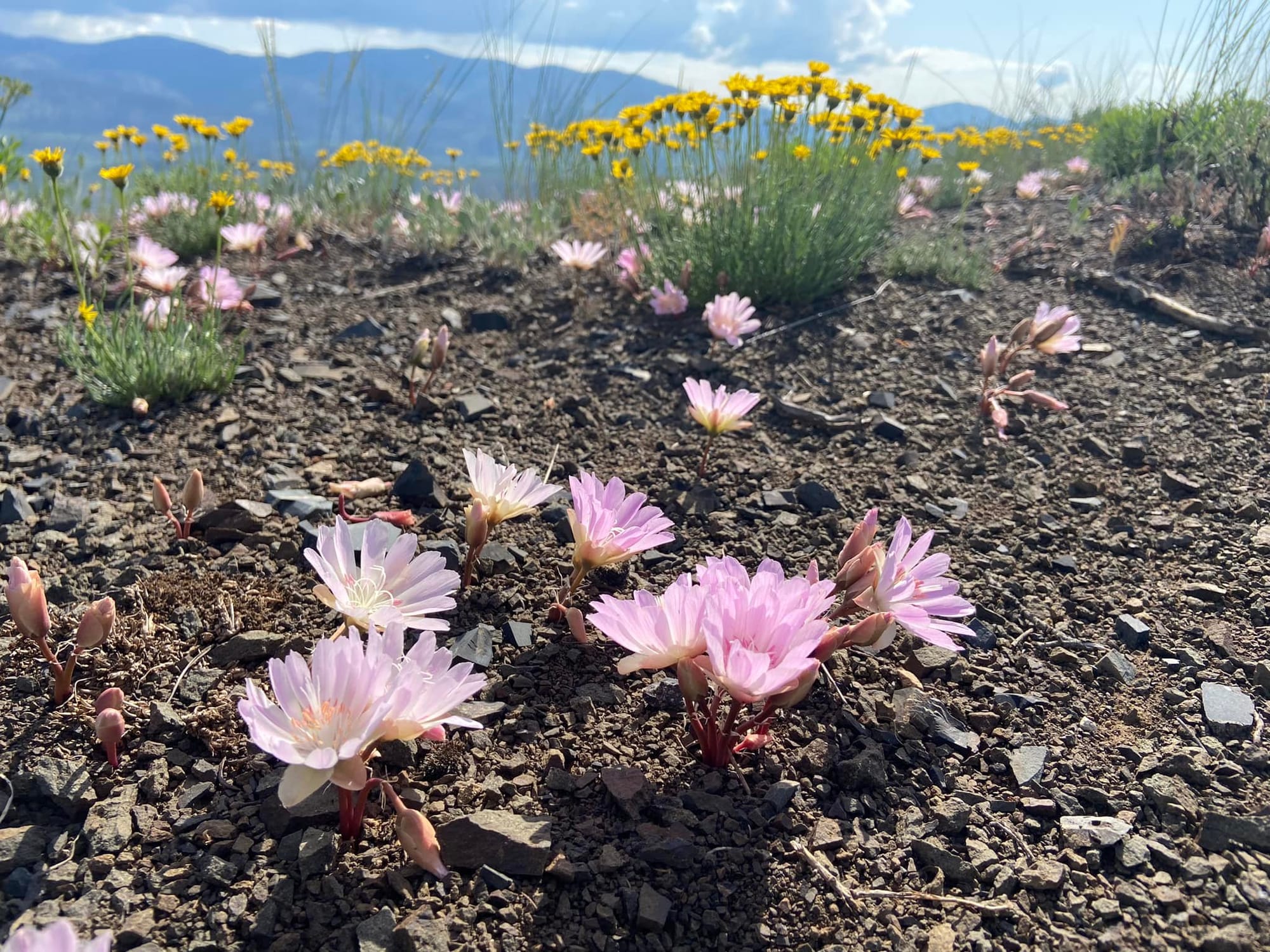
Things turned hot in early June and people started noticing tiny grasshoppers that would later turn into a major infestation as the summer progressed.
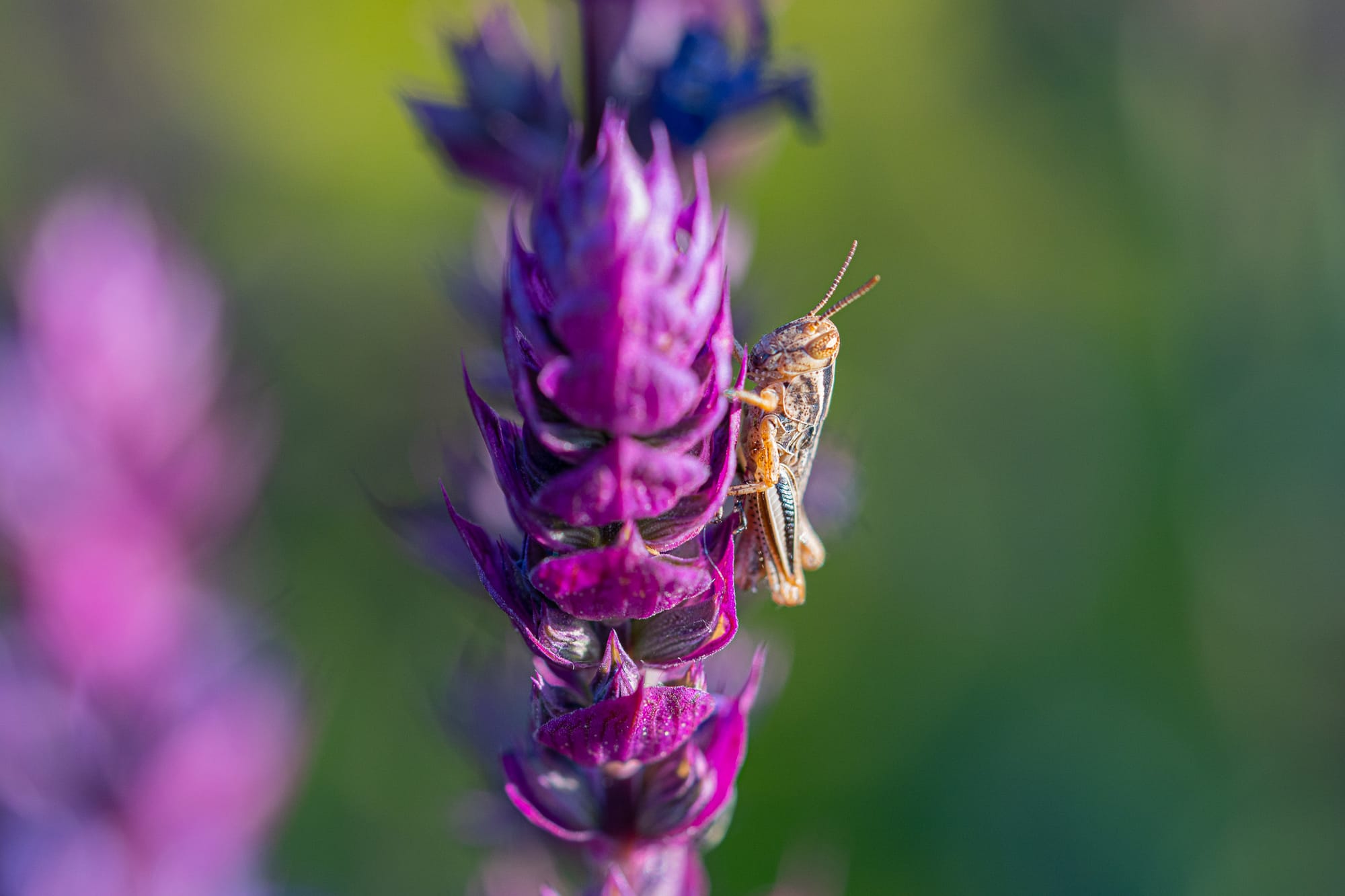
By mid-June the air was filled with floating cottonwood seeds, while fawns appeared amid flowering grasses. And by the end of June, the summer heat had arrived along with towering thunderheads.
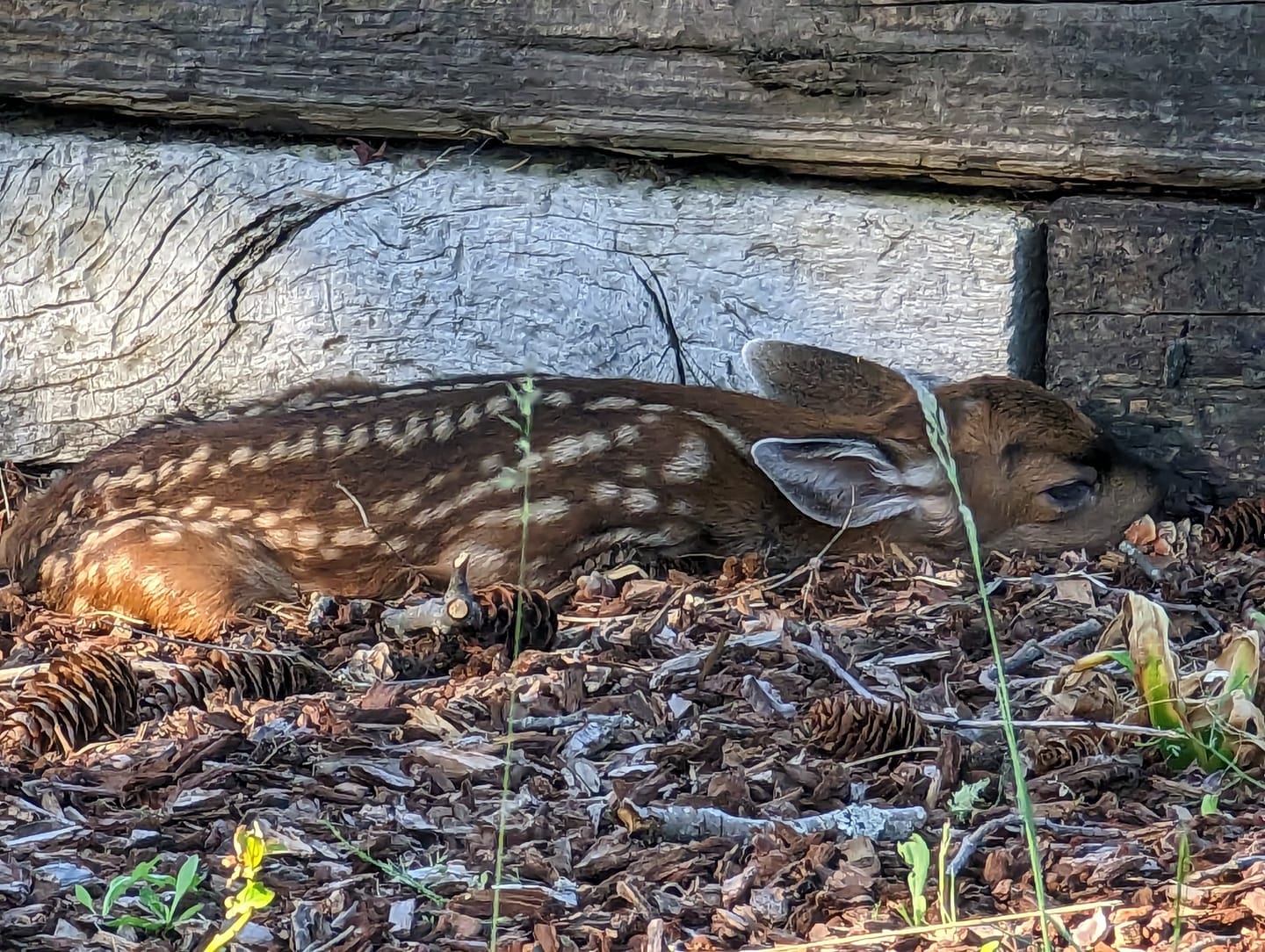
From July until mid-August, we enduring sizzling heat and few animals were active. In the latter half of July the only way to escape the heat was to retreat to the glorious splendor of mountain meadows choked with wildlflowers.
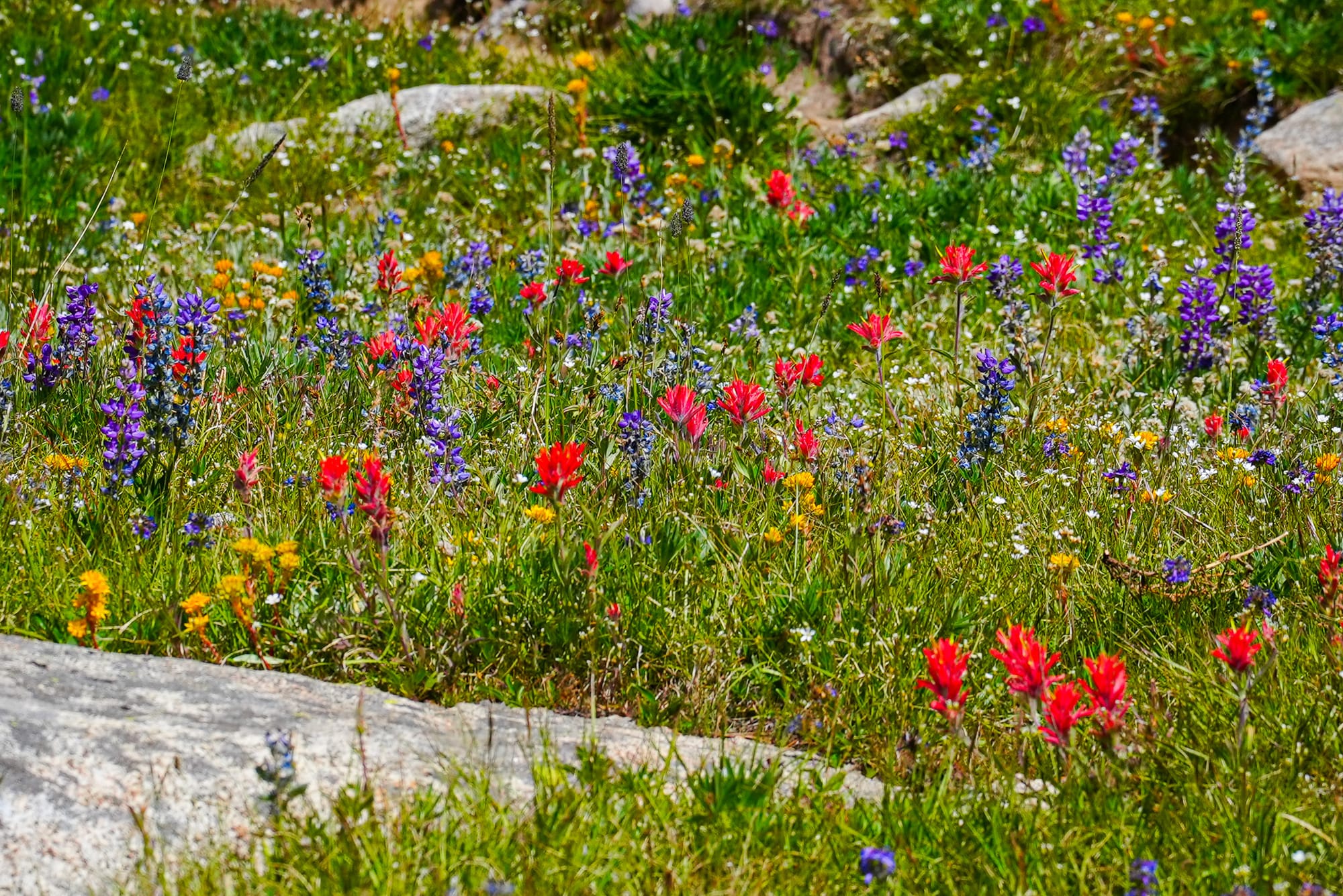
Mid-August was notable for a period of suffocating wildfire smoke and when the smoke finally cleared towards the end of the month, we were already experiencing chilly days that had started to smell like autumn.
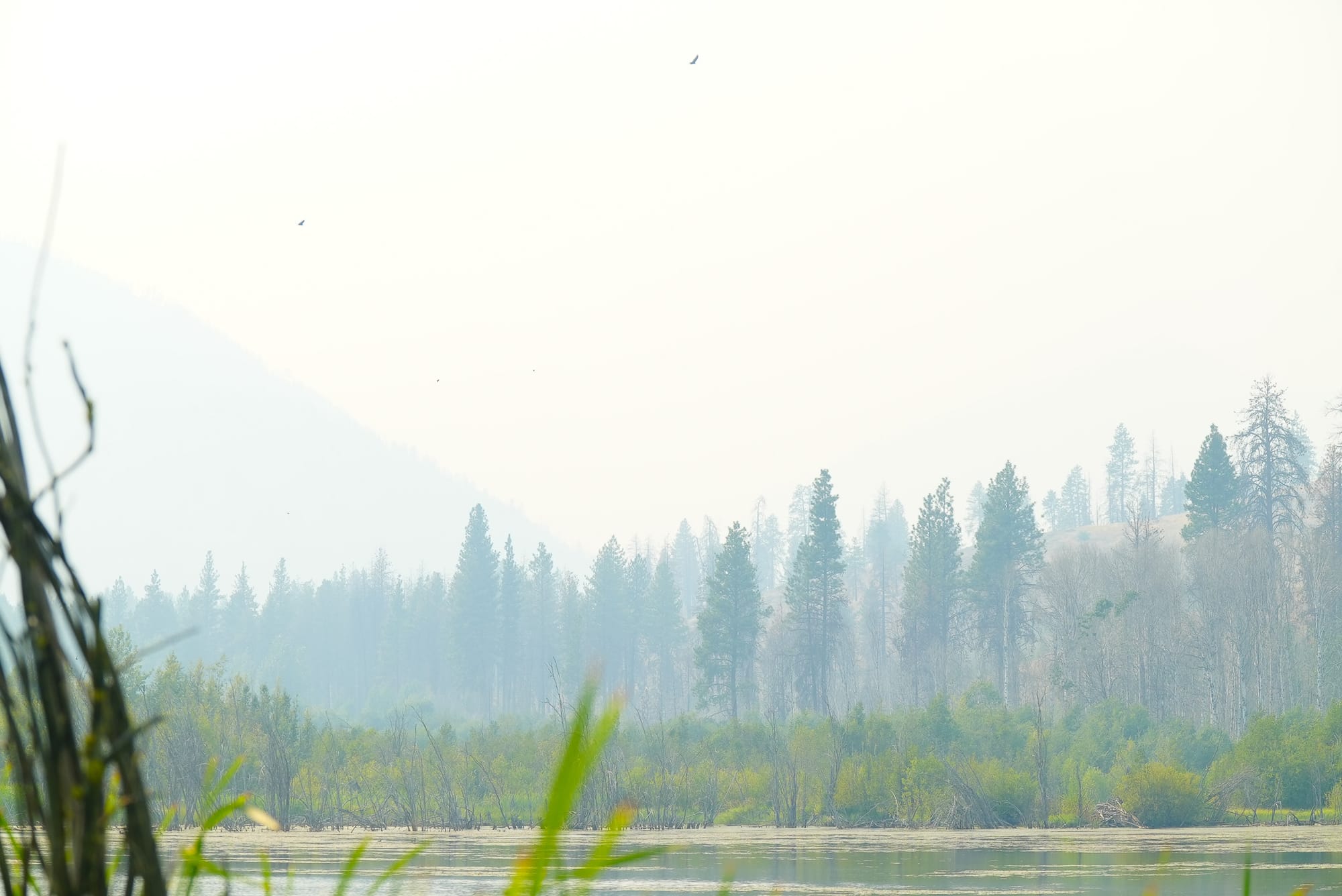
Any hint of summer heat disappeared in early September, and this was a great time to start seeing brilliant red huckleberry leaves in mountain meadows.
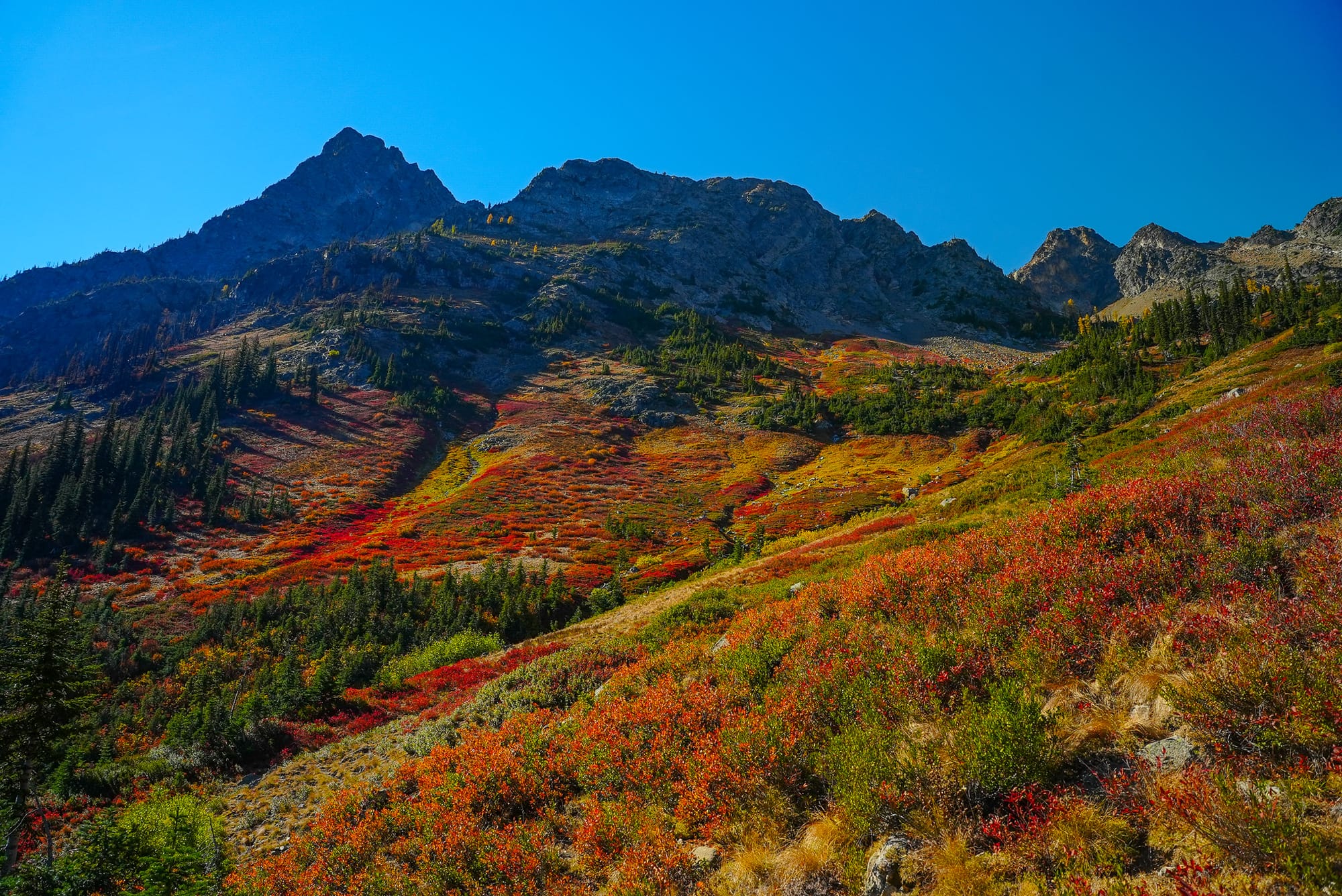
We noticed the first dusting of snow on mountain peaks, and frost in the valley, during the last week of September, along with chinook salmon in the rivers, flocks of migrating cranes, and mushrooms on forest floors.
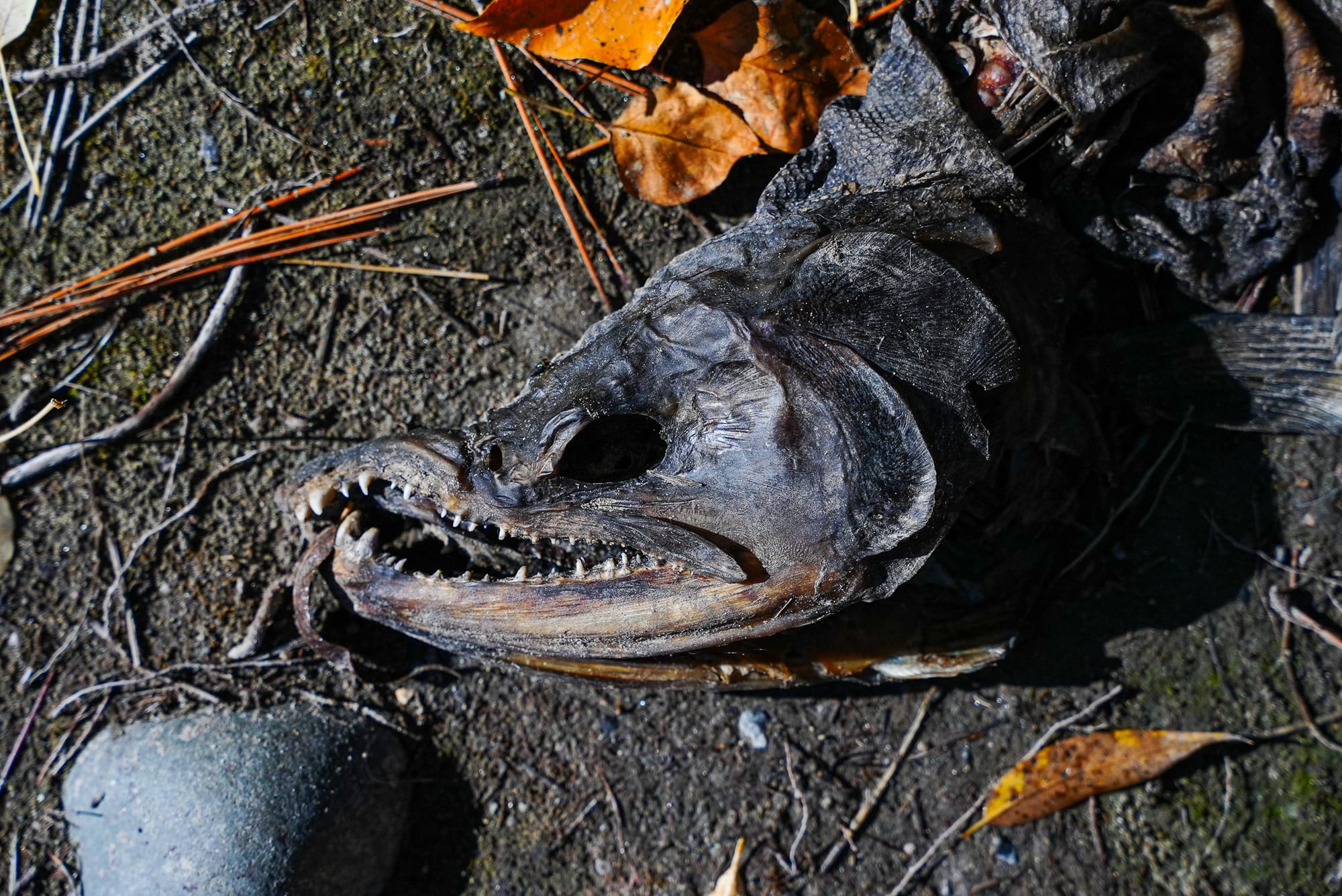
Peak fall colors in the valley happened the first week of October, but this was a long and extraordinary fall with colors lingering through all of October, even as the first snow arrived at the end of the month.
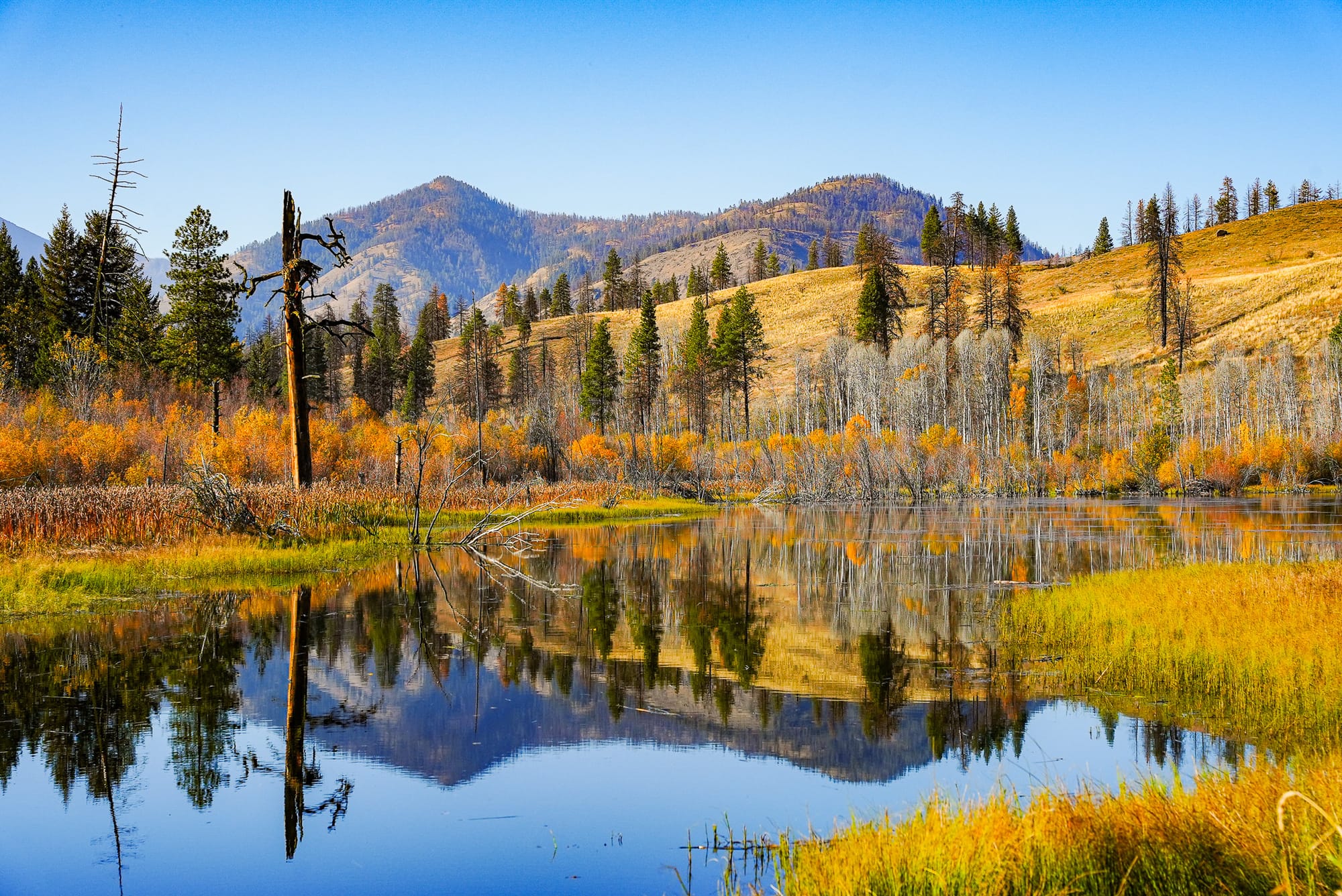
November turned into a long gray, gloomy slog that has stayed with us through the end of the year. A few sunny days and lots of rain and sloppy snow has rounded out the final two months of the year, with very little animal activity of note.
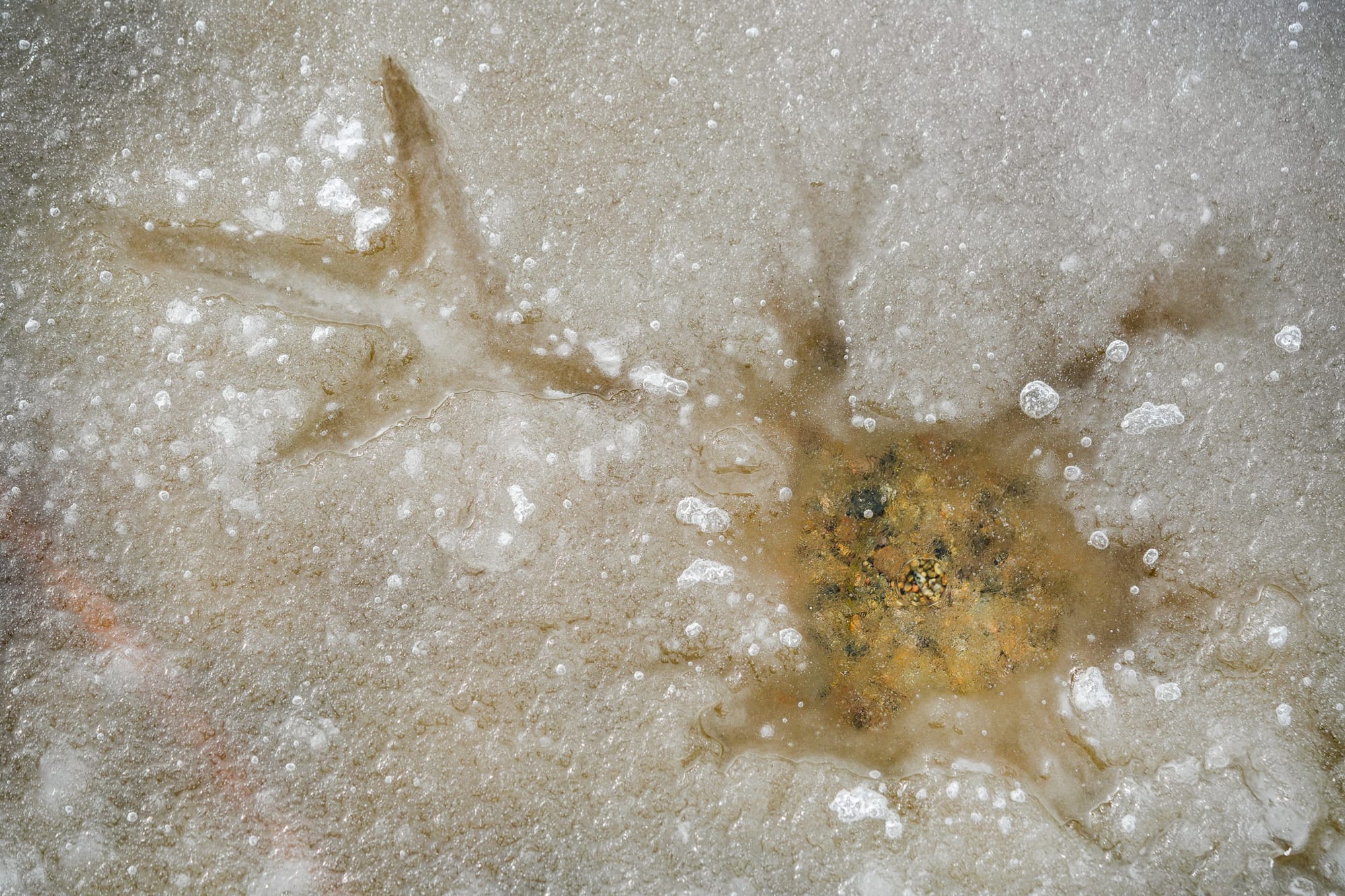
All in all, this is a remarkable record that we've created together, and I can't wait to see what we discover in 2024!
Happy New Year everyone,
David Lukas
